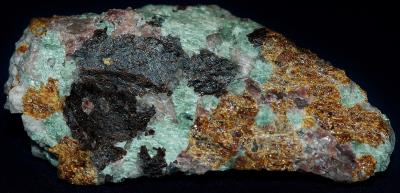 | | 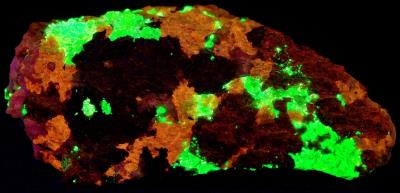 |
Fluorapatite (blue-green), garnet (light and dark brown), feldspar and willemite (grape) from Franklin, NJ. From the collection of, and photo by Robert A. Boymistruk.
| | Fluorapatite, garnet, feldspar and willemite from Franklin, NJ under shortwave UV light. The fluorapatite fluoresces orange, willemite green, and feldspar dark red, the garnet is non-fluorescent. From the collection of, and photo by Robert A. Boymistruk. |
|
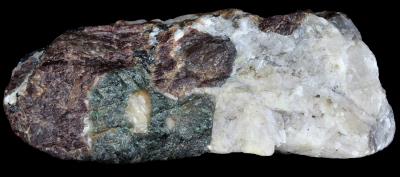 | | 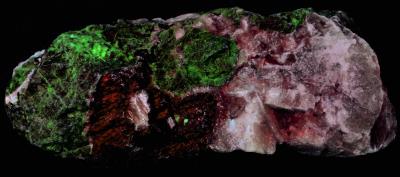 |
Fluorapatite (dark green-blue), grape willemite (burgandy red), calcite (white) and franklinite (black) from Franklin, NJ. 4" x 1 1/2". From the collection of, and photo by WP.
| | Fluorapatite, grape willemite, calcite and franklinite from Franklin, NJ under longwave UV light. The fluorapatite fluoresces dark orange, willemite green, calcite white to light red, the franklinite is non-fluorescent. 4" x 1 1/2". From the collection of, and photo by WP |
 | | 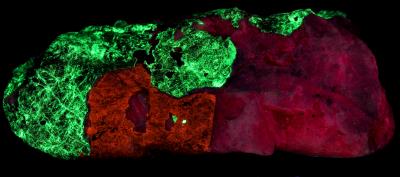 |
Fluorapatite, grape willemite, calcite and franklinite from Franklin, NJ under midwave UV light. The fluorapatite is not fluorescing, willemite green, calcite red, the franklinite is non-fluorescent. 4" x 1 1/2". From the collection of, and photo by WP.
| | Fluorapatite, grape willemite, calcite and franklinite from Franklin, NJ under shortwave UV light. The fluorapatite fluoresces orange, willemite green, calcite orange-red, the franklinite is non-fluorescent. 4" x 1 1/2". From the collection of, and photo by WP. |
|
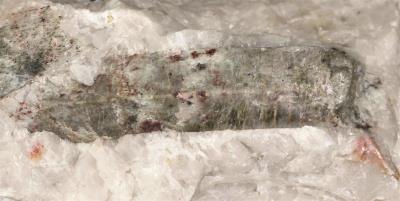 | | 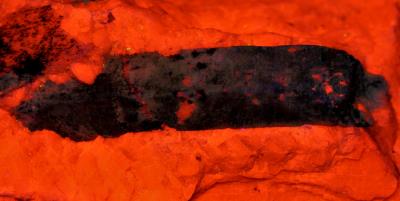 |
Fluorapatite crystal (gray-green) on calcite (white) from the Sterling Hill Mine, Ogdensburg, NJ. Field of view 2 3/4" x 1 1/4". From the collection of, and photo by WP.
| | Fluorapatite crystal on calcite from the Sterling Hill Mine, Ogdensburg, NJ under shortwave UV light. The fluorapatite fluoresces weak dark orange and calcite orange-red. Field of view 2 3/4" x 1 1/4". From the collection of, and photo by WP. |
|
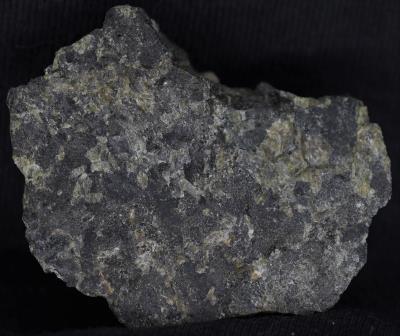 | | 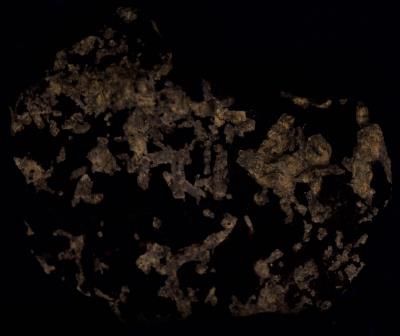 |
Fluorapatite (dark green-gray), pyroxene (black), minor willemite and calcite (white) from Taylor Road Dump, Franklin, NJ. 2 1/2" x 1 3/4". From the collection of, and photo by WP.
| | Fluorapatite, pyroxene, minor willemite and calcite from Taylor Road Dump, Franklin, NJ under longwave UV light. The fluorapatite fluoresces very weak yellow, the pyroxene is non-fluorescent. 2 1/2" x 1 3/4". From the collection of, and photo by WP. |
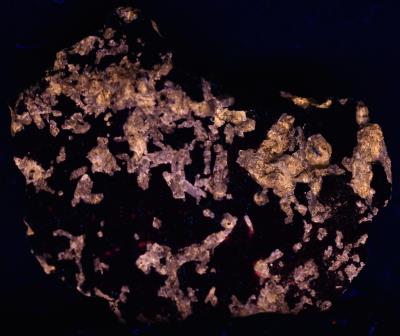 | | 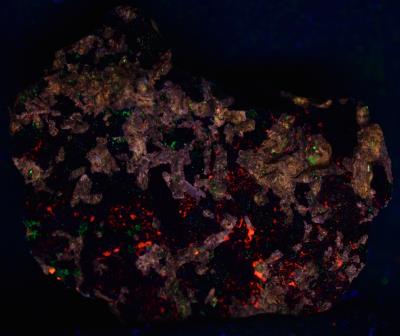 |
Fluorapatite, pyroxene, minor willemite and calcite from Taylor Road Dump, Franklin, NJ under midwave UV light. The fluorapatite fluoresces moderate yellow to pink-purple, calcite red, the pyroxene is non-fluorescent. 2 1/2" x 1 3/4". From the collection of, and photo by WP.
| | Fluorapatite, pyroxene, minor willemite and calcite from Taylor Road Dump, Franklin, NJ under shortwave UV light. The fluorapatite fluoresces weak yellow to pink-purple, calcite red, wllemite green and the pyroxene is non-fluorescent. 2 1/2" x 1 3/4". From the collection of, and photo by WP. |
|
